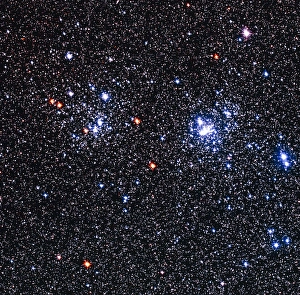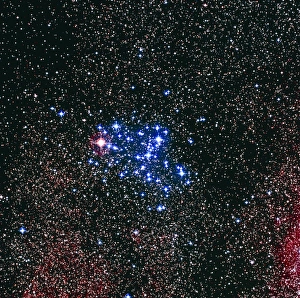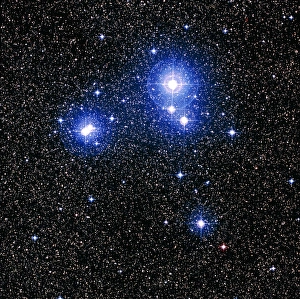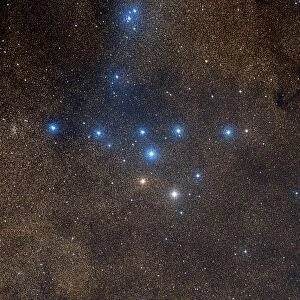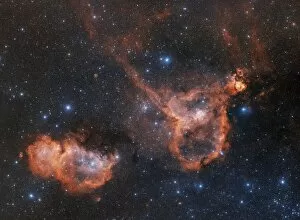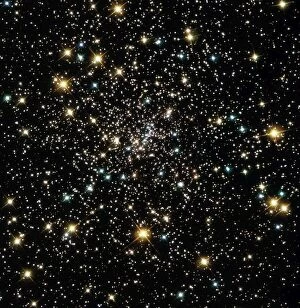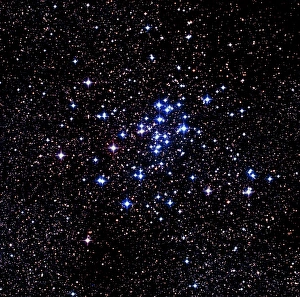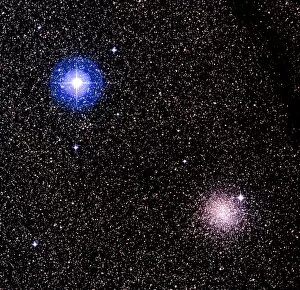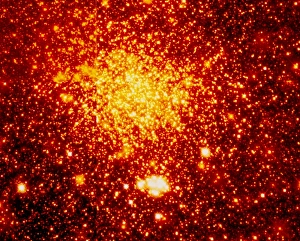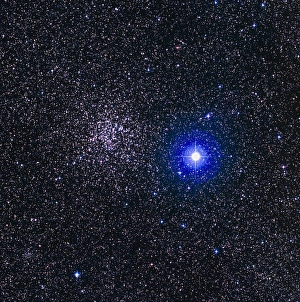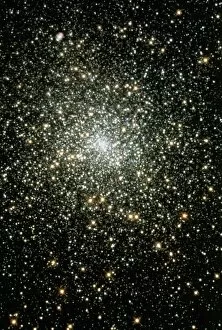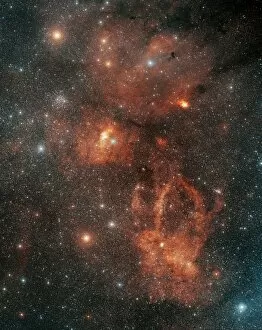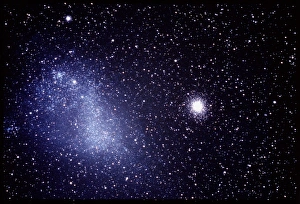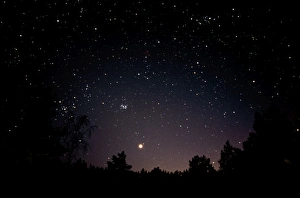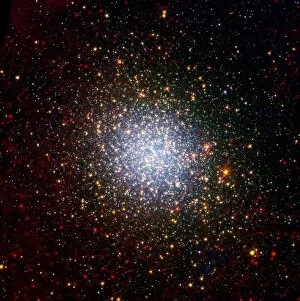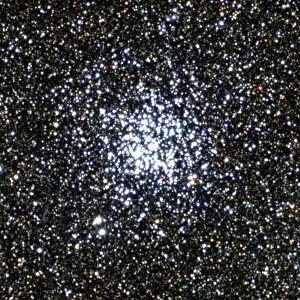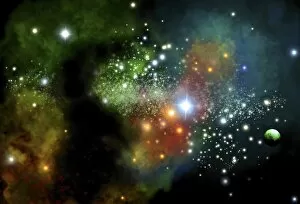Star Cluster Collection (page 2)
"Exploring the Celestial Gems: A Journey through Star Clusters" Embark on a cosmic adventure as we delve into the captivating world of star clusters
All Professionally Made to Order for Quick Shipping
"Exploring the Celestial Gems: A Journey through Star Clusters" Embark on a cosmic adventure as we delve into the captivating world of star clusters. From the renowned Messier objects to breathtaking nebulae, these celestial wonders never fail to mesmerize us with their ethereal beauty. Let's begin our celestial expedition with the Eagle Nebula, where towering pillars of gas and dust give birth to new stars. Its iconic "Pillars of Creation" image captured by Hubble Space Telescope continues to awe astronomers and stargazers alike. Next, we encounter the Pleiades star cluster, also known as the Seven Sisters. This dazzling group of young stars shines brightly in our night sky, forming a striking pattern that has inspired countless myths and legends throughout history. The Merope star and nebulosity within this cluster add an enchanting touch to its already captivating allure. Venturing further into space, we discover globular cluster M5—a tightly packed congregation of ancient stars residing in our Milky Way galaxy. With its dense core and myriad twinkling lights, it serves as a testament to the vastness and agelessness of our universe. The Rosette Nebula beckons us next with its delicate petals formed by glowing hydrogen gas. This stellar nursery nurtures newborn stars amidst swirling clouds of interstellar matter—an exquisite sight that reminds us of nature's artistic prowess even beyond Earth's boundaries. Returning closer home, an optical image captures the Pleiades star cluster in all its glory—each member shining resplendently against a backdrop adorned with wisps of cosmic dust, and is no wonder this stunning spectacle has captivated observers for centuries. Moving deeper into space once again, we encounter globular cluster M9 through Hubble Space Telescope's lens—a spherical gathering containing hundreds of thousands of ancient stars bound together by gravity alone. Its intricate structure reveals secrets about stellar evolution spanning billions of years.

